Hoyoung Kang
Correcting Negative Bias in Large Language Models through Negative Attention Score Alignment
Jul 31, 2024



Abstract:A binary decision task, like yes-no questions or answer verification, reflects a significant real-world scenario such as where users look for confirmation about the correctness of their decisions on specific issues. In this work, we observe that language models exhibit a negative bias in the binary decisions of complex reasoning tasks. Based on our observations and the rationale about attention-based model dynamics, we propose a negative attention score (NAS) to systematically and quantitatively formulate negative bias. Based on NAS, we identify attention heads that attend to negative tokens provided in the instructions as answer candidate of binary decisions, regardless of the question in the prompt, and validate their association with the negative bias. Additionally, we propose the negative attention score alignment (NASA) method, which is a parameter-efficient fine-tuning technique to address the extracted negatively biased attention heads. Experimental results from various domains of reasoning tasks and large model search space demonstrate that NASA significantly reduces the gap between precision and recall caused by negative bias while preserving their generalization abilities. Our codes are available at \url{https://github.com/ysw1021/NASA}.
Shuffle & Divide: Contrastive Learning for Long Text
Apr 19, 2023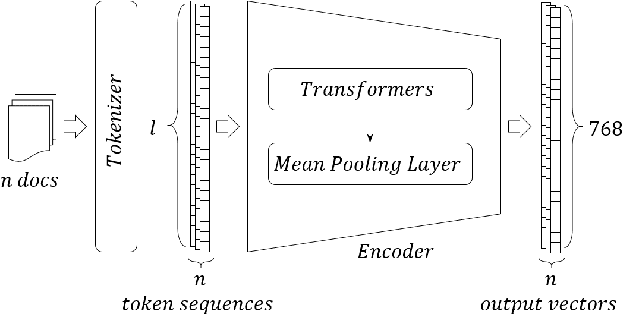

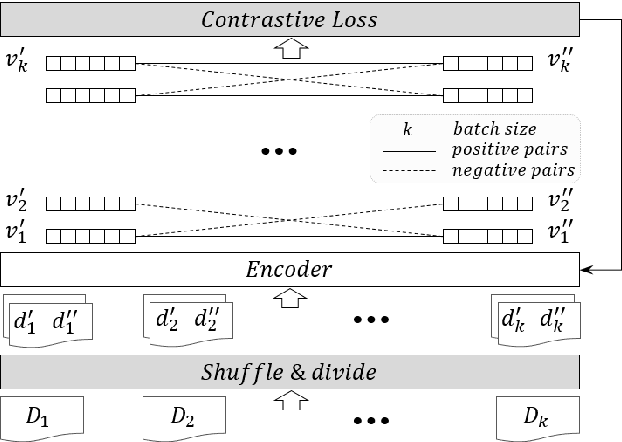
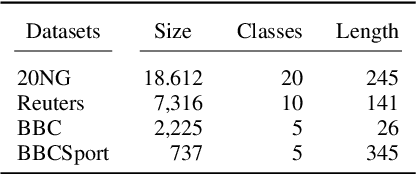
Abstract:We propose a self-supervised learning method for long text documents based on contrastive learning. A key to our method is Shuffle and Divide (SaD), a simple text augmentation algorithm that sets up a pretext task required for contrastive updates to BERT-based document embedding. SaD splits a document into two sub-documents containing randomly shuffled words in the entire documents. The sub-documents are considered positive examples, leaving all other documents in the corpus as negatives. After SaD, we repeat the contrastive update and clustering phases until convergence. It is naturally a time-consuming, cumbersome task to label text documents, and our method can help alleviate human efforts, which are most expensive resources in AI. We have empirically evaluated our method by performing unsupervised text classification on the 20 Newsgroups, Reuters-21578, BBC, and BBCSport datasets. In particular, our method pushes the current state-of-the-art, SS-SB-MT, on 20 Newsgroups by 20.94% in accuracy. We also achieve the state-of-the-art performance on Reuters-21578 and exceptionally-high accuracy performances (over 95%) for unsupervised classification on the BBC and BBCSport datasets.
* Accepted at ICPR 2022
ContraCluster: Learning to Classify without Labels by Contrastive Self-Supervision and Prototype-Based Semi-Supervision
Apr 19, 2023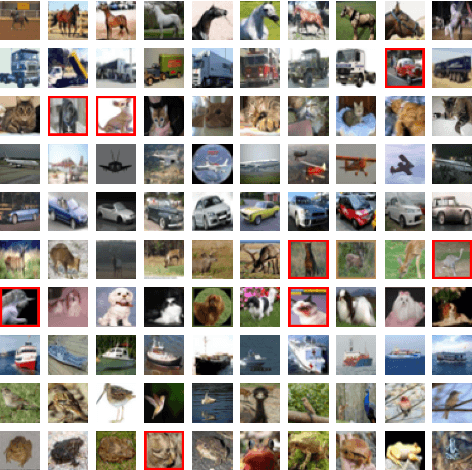
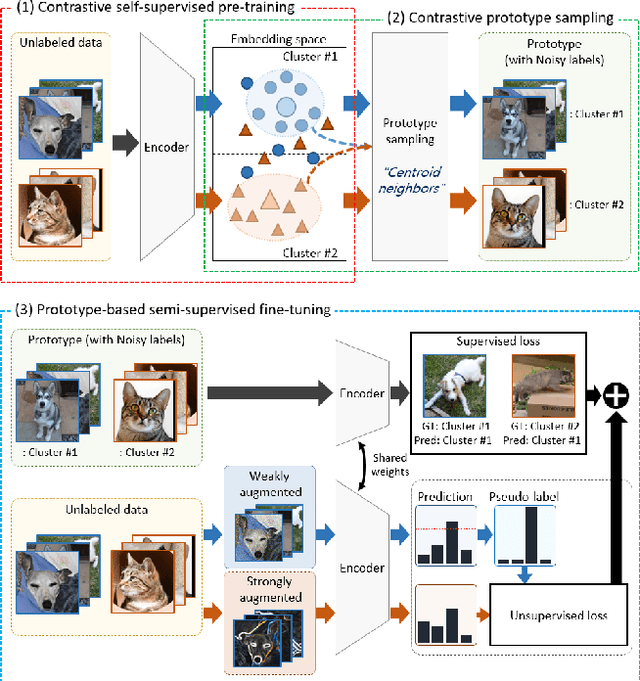
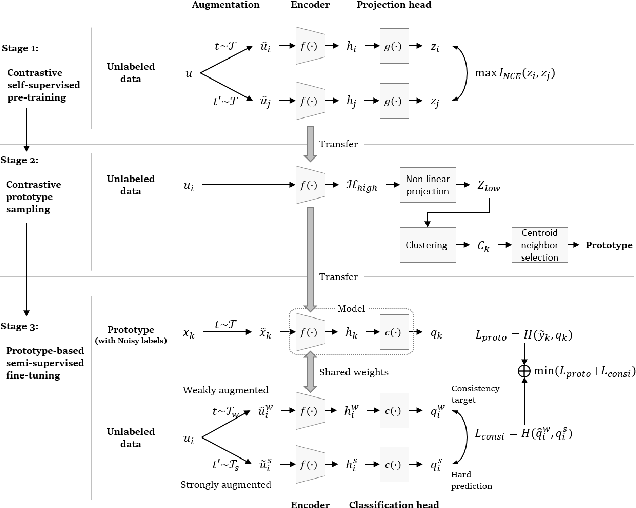
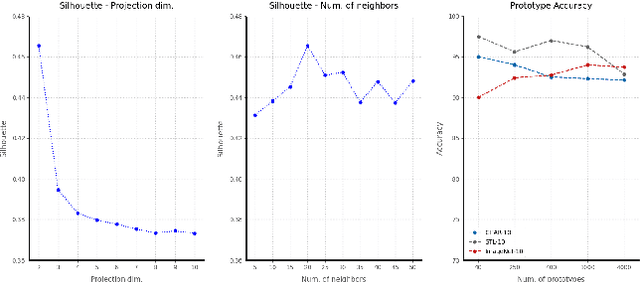
Abstract:The recent advances in representation learning inspire us to take on the challenging problem of unsupervised image classification tasks in a principled way. We propose ContraCluster, an unsupervised image classification method that combines clustering with the power of contrastive self-supervised learning. ContraCluster consists of three stages: (1) contrastive self-supervised pre-training (CPT), (2) contrastive prototype sampling (CPS), and (3) prototype-based semi-supervised fine-tuning (PB-SFT). CPS can select highly accurate, categorically prototypical images in an embedding space learned by contrastive learning. We use sampled prototypes as noisy labeled data to perform semi-supervised fine-tuning (PB-SFT), leveraging small prototypes and large unlabeled data to further enhance the accuracy. We demonstrate empirically that ContraCluster achieves new state-of-the-art results for standard benchmark datasets including CIFAR-10, STL-10, and ImageNet-10. For example, ContraCluster achieves about 90.8% accuracy for CIFAR-10, which outperforms DAC (52.2%), IIC (61.7%), and SCAN (87.6%) by a large margin. Without any labels, ContraCluster can achieve a 90.8% accuracy that is comparable to 95.8% by the best supervised counterpart.
* Accepted at ICPR 2022
 Add to Chrome
Add to Chrome Add to Firefox
Add to Firefox Add to Edge
Add to Edge